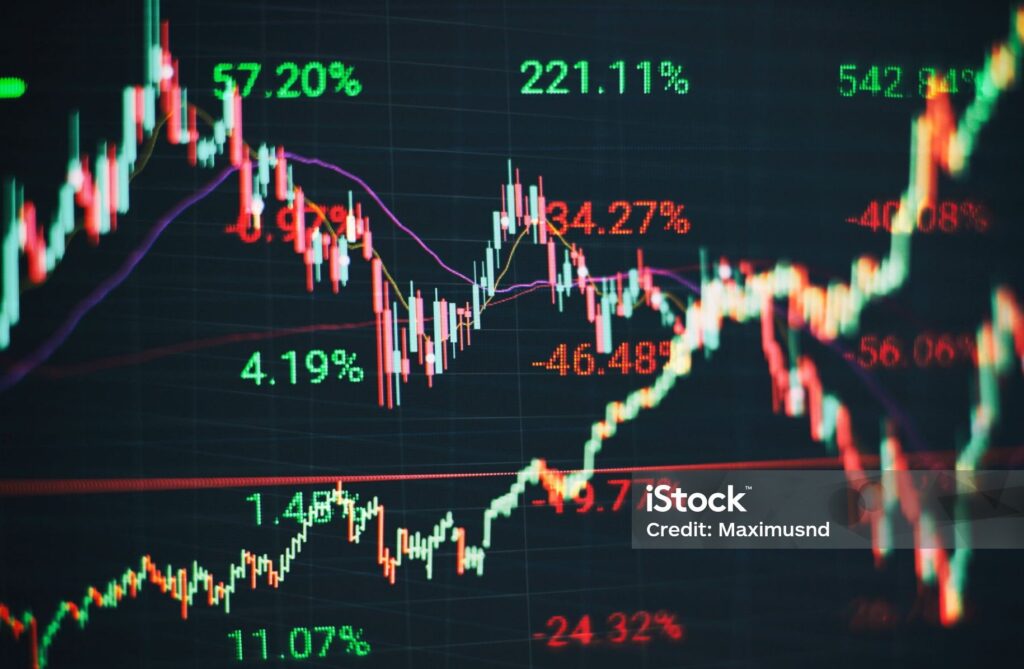The Ups and Downs of AI in Data Trend Analysis

AI can supercharge trend discovery—when used with discipline. On the upside, modern models sift millions of observations to surface non-obvious seasonality, interaction effects, and regime shifts that classical screens miss. They automate feature generation (lags, rolling windows, volatility bands), flag anomalies in real time, and quantify uncertainty—allowing teams to move from intuition to measured probabilities. With careful MLOps, results are reproducible across versions and hardware, enabling faster iteration and better model governance. But AI introduces pitfalls. Overfitting cloaks itself as “insight” when validation is weak. Look-ahead leakage, survivorship bias, and poorly adjusted corporate actions can inflate backtests. Non-stationarity means yesterday’s signal may decay after structural breaks. Black-box behavior complicates compliance and stakeholder trust, and heavy models can be operationally brittle—sensitive to small upstream data shifts. Our recommendations: Design for time: Use rolling-origin/walk-forward validation; never evaluate on future information. Keep delisted names: Avoid survivorship bias; preserve historical index membership. Prefer simple first: Benchmark complex models against transparent baselines; demand material lift. Interrogate drivers: Use feature importance/SHAP sparingly and pair with domain checks; reject spurious correlates. Stress and drift test: Simulate drawdowns, liquidity shocks, and regime flips; monitor population drift and retrain thresholds. Version everything: Pin data, code, and manifests; log lineage to enable audits and rollbacks. Human-in-the-loop: Require research notes for every promoted model—assumptions, risks, failure modes. Used thoughtfully, AI is an accelerant—not a substitute—for rigorous research. The goal isn’t complexity; it’s durable, decision-grade signals that stand up to time, scrutiny, and markets.
A Short Primer on Validating Stock Trend Data

Reliable trends start with reliable data. Our research on repeating return-window trends (20–180 trading days) is backed by a layered validation program spanning ingestion to model outputs. 1) Ingestion & Schema Strict datatypes, keys, and trading-calendar alignment. Duplicate prevention; negative or impossible values rejected. Corporate actions normalized (splits/dividends) with sanity checks. 2) Content Quality Gap detection (e.g., >3 missing trading days) and staleness alerts. Outlier screening via z-scores/IQR, reconciled to events (splits, halts, news). Cross-vendor parity checks on prices and corporate actions with defined tolerances. 3) Calculation Integrity Recompute rolling 20–180 day returns and annualization independently (SQL vs. Python). Edge-window tests ensure correct first/last eligible dates. Idempotence: same inputs yield identical outputs. 4) Bias & Leakage Controls No look-ahead: features limited to information available at the decision date. No survivorship bias: delisted symbols retained; index membership time-stamped. Corporate events mapped to preserve continuity (mergers, ticker changes). 5) Monitoring & Governance Freshness, completeness, and quality KPIs tracked continually. Versioned releases with manifests, immutable raw zone, and lineage to code commits. Peer review, canary runs, and incident playbooks; defects quarantined and disclosed. 6) Trend Repeatability Year-by-year returns and threshold flags (e.g., ≥30%, ≥40%) recomputed from adjusted data. “% of years meeting threshold” validated across variable analysis ranges. OutcomeTransparent lineage, reproducible results, and rapid anomaly containment—so client decisions rest on defensible, auditable data.
